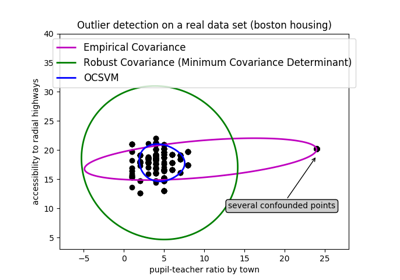


A further confirmation of the efficiency of the proposed algorithm and of the quality of the calibration of the CIR parameters to the observed market interest rates is given by applying the proposed forecasting technique. Through an error analysis, it was observed that our algorithm provides a better fitting of the predicted expected interest rates to market data than the exponentially weighted moving average model. After assessing the accuracy of the proposed procedure, the implemented algorithm was applied to forecast next-month expected interest rates over a historical period of 12 months (fixed window). We have analysed the empirical performance of the proposed methodology for two different monthly-recorded EUR data samples in a money market and a long-term data set, respectively.īetter results are shown in terms of the root mean square error when a segmentation of the data sample in normally distributed sub-samples is considered. Then, the CIR model parameters have been calibrated to the shifted market interest rates and simulated the expected values of interest rates by a Monte Carlo discretization scheme.

An appropriate translation of market interest rates to positive values has been introduced to overcome the issue of negative/near-to-zero values. To ensure a fitting close to current interest rates, the innovative step in the proposed procedure consists in partitioning the entire available market data sample, usually showing a mixture of probability distributions of the same type, in a suitable number of sub-sample having a normal/gamma distribution. The performance of the new approach, tested on monthly-recorded interest rates data, provides a good fit to current data for different term structures. Therefore, a new methodology has been proposed that allows forecasting future expected interest rates from observed financial market data by preserving the structure of the original CIR model, even with negative interest rates. However, there are a number of issues in describing interest rate dynamics within the CIR framework on which focus should be placed. This model is popular among financial institutions mainly because it is a rather simple (uni-factorial) and better model than the former Vasicek framework. Abstract The purpose of this paper is to model interest rates from observed financial market data through a new approach to the Cox–Ingersoll–Ross (CIR) model.


 0 kommentar(er)
0 kommentar(er)
